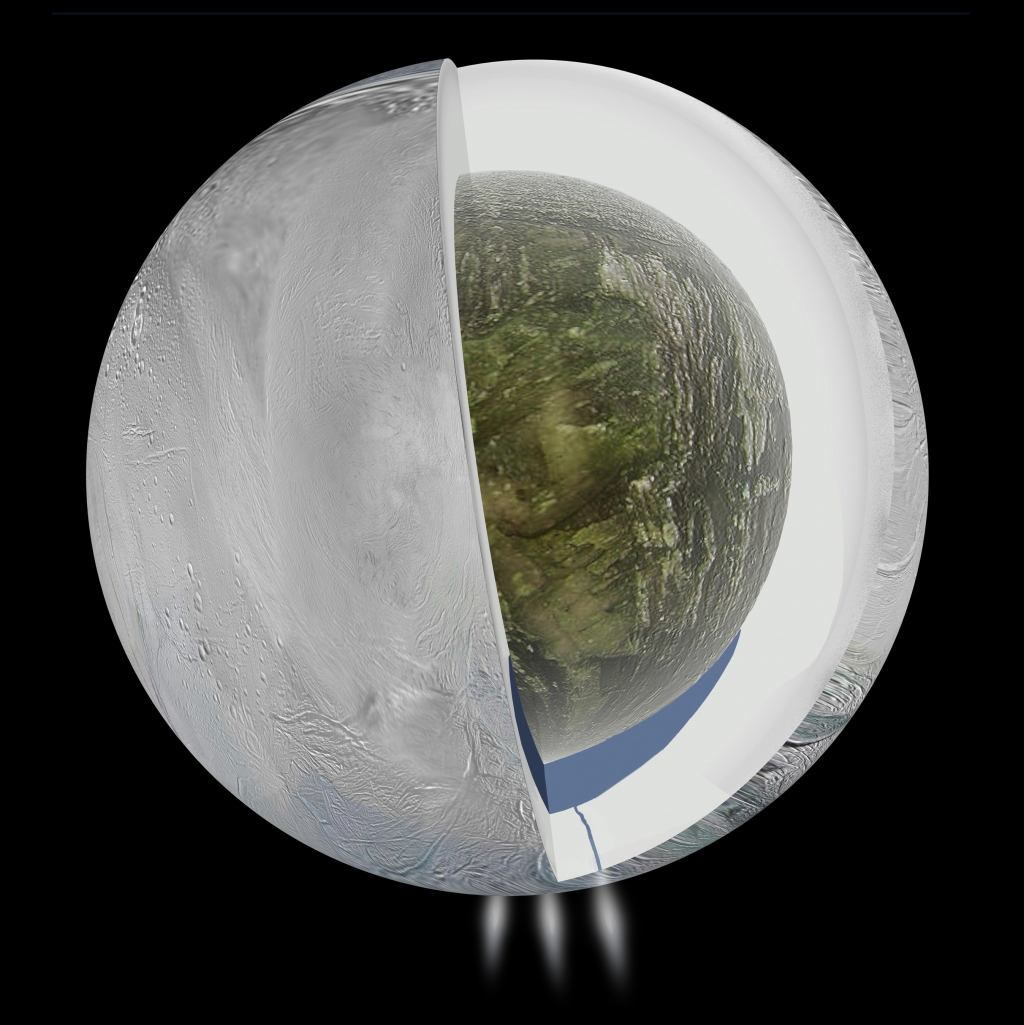-
Tips for becoming a good boxer - November 6, 2020
-
7 expert tips for making your hens night a memorable one - November 6, 2020
-
5 reasons to host your Christmas party on a cruise boat - November 6, 2020
-
What to do when you’re charged with a crime - November 6, 2020
-
Should you get one or multiple dogs? Here’s all you need to know - November 3, 2020
-
A Guide: How to Build Your Very Own Magic Mirror - February 14, 2019
-
Our Top Inspirational Baseball Stars - November 24, 2018
-
Five Tech Tools That Will Help You Turn Your Blog into a Business - November 24, 2018
-
How to Indulge on Vacation without Expanding Your Waist - November 9, 2018
-
5 Strategies for Businesses to Appeal to Today’s Increasingly Mobile-Crazed Customers - November 9, 2018
Saturn’s moon Enceladus supports a huge ocean
The team’s findings indicate that the fine spray of water vapor, icy particles, and simple organic molecules that Cassini has observed coming from fractures near the moon’s south pole are being fed by this enormous liquid reservoir. But while previous studies of Enceladus had hinted at a subsurface sea, it was thought that the body of water was lens-shaped, and perhaps only occupied a portion of Enceladus’ underbelly. However, information on the moon’s gravity was amassed during the spacecraft’s multiple close passes over the south polar area, and the data supported the prospect that the sea might cover most of Enceladus.
Advertisement
Enceladus, the third largest moon of the ringed planet Saturn, is home to a globe-spanning ocean; at least the researchers at NASA are claiming so.
Cornell planetary scientists have analysed more than seven years worth of Enceladus images taken by the spacecraft, which has been orbiting Saturn since mid-2004.
“If the surface and core were rigidly connected, the core would provide so much dead weight the wobble would be far smaller than we observe it to be”, explained Matthew Tiscareno, Cassini participating scientist at the SETI Institute in California. The only thing that could account for such an exaggerated wobble was the existence of a global layer of liquid that separates the surface from the core.
For Carolyn Porco, Cassini imaging team lead at Space Science Institute in Boulder, Colorado, this work illustrates complexity and the many different parts of scientific investigation – the primary measurements were marked manually; the geometry is derived from accurate knowledge of spacecraft location, tracking Cassini’s radio signal and using its images to locate features on the satellites. The team plugged their best-fit value for the wobble into different models for how Enceladus might be arranged on the inside, including ones where the moon was frozen from surface to core. Now, they are set to find out if that ocean could possibly hold alien life.
Consequently, they discovered Enceladus has a minor, but quantifiable wobble as it orbits Saturn. “Cassini has been exemplary in this regard”.
This is not the only moon that has been hiding an ocean underneath’s its icy surface, The famous Europa also has an entire ocean covering its surface, NASA plans on visiting Europa in the near future.
Advertisement
Cassini is due to make another flyby on October 28, going as close as 30 miles above the moon’s surface – its deepest ever dive into the moons active plumes of icy material.




























